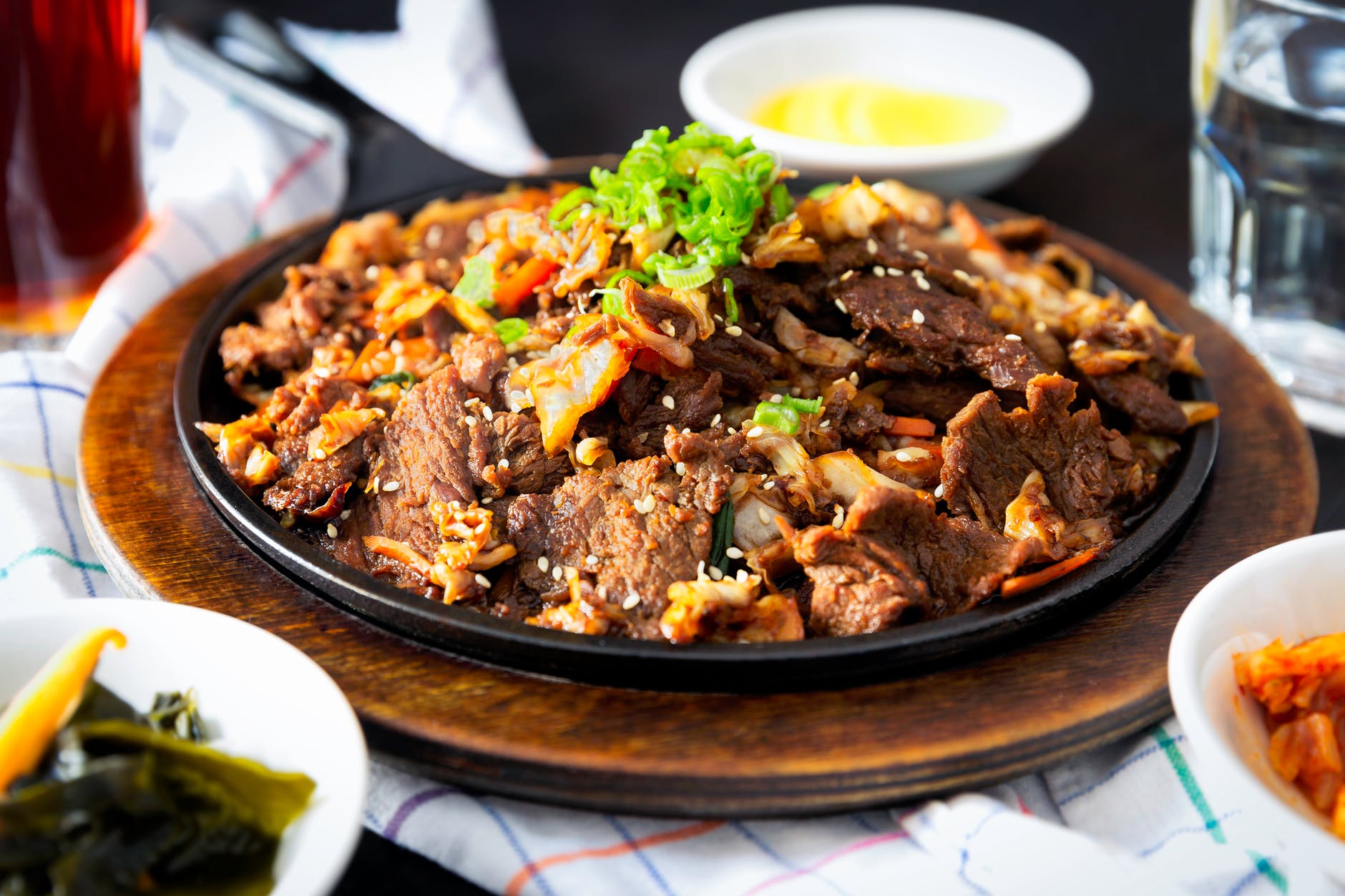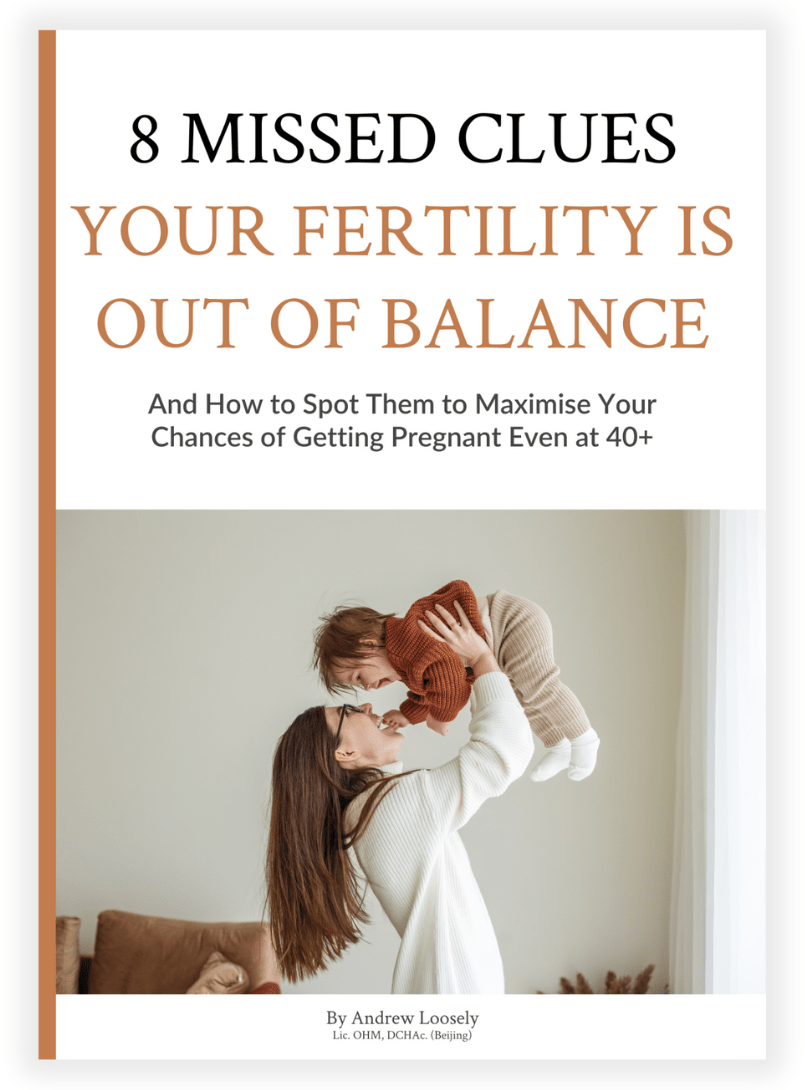WINTER FERTILITY TIP 4/4: RAW VS COOKED FOOD?

With all these mixed opinions on raw vs cooked food, what is actually the best for your fertility in winter?
Classical Chinese Medicine has talked about this topic for more than 2300 years (1) and has clear guidelines on dietary practice for fertility.
We now also have scientific understanding of what different nutrients and foods do for us, in a cooked or raw form.
The common assumption is that because raw vegetables have more nutrients, they must be better for us.
But is this really true?
The answer is Yes and No, as follows:
- Yes, raw food does have higher quantities of certain nutrients.
- But no, that doesn’t automatically make it better – and sometimes it actually makes it worse!
And here are 6 reasons why:
1. Having more of something doesn’t automatically make it better.
Take vitamin B6 for example: it’s important for metabolism, brain and liver function, growth, building blood cells, maintaining healthy hair, skin, and vision and more.
You’d think that having more than the daily value would be good, but sadly that’s not the case.
Overdose of vitamin B6 can lead to a variety of severe health issues, including nerve damage that is irreversible.
This is a good example of one of many situations where more nutrients are not better.
2. Foods are made up of many more substances than just the good nutrients, that modern nutrition focuses on (vitamins, minerals, fatty acids etc).
Chinese medicine has recognised foods as having an interaction with our body balance/chemistry for more than 2 thousand years.
Each food has been categorised according to its medicinal effect, once ingested.
Modern science has found that each food is chemically unique and creates a different effect when consumed. It has also identified that there are good and bad constituents in most foods.
3. Most raw plants and vegetables contain toxic substances, and ‘anti-nutrients’ (2) – that disrupt our ability to use some of the good nutrients the plant contains (3).
Antinutrients are plant compounds that reduce the body’s ability to absorb essential nutrients – such as vitamins and minerals.
4. Many raw leafy green vegetables contain problematic Goitrogens – particularly broccoli, Brussel sprouts, cabbage, mustard greens, radishes and cauliflower (4).
Goitrogens upset the balance of the thyroid gland and cause an accumulation of fluids around the thyroid – causing a goitre (growth or swelling around the neck) to form.
The thyroid’s efficiency is reduced by the Goitrogens in raw vegetables, and once damaged it’s hard to restore thyroid balance.
Medication (or Herbal medicine) is required, and this can result in life-long usage.
5. When cooked, plants often contain more of certain nutrients than when they are raw. For example: tomatoes have many more times their Lycopene (good for heart health) content when cooked, compared to raw.
6. A cooked plant releases its nutrients more easily, which is beneficial to us and in some instances may account for a higher absorption rate.
So, what does all this mean – and should we stop eating plants completely?
Absolutely not!
There are lots of beneficial nutrients in plants that we can use to optimise our health.
Many animals that eat plants have evolved to avoid the negative effects of the toxins through:
- Altering their body structure or chemical balance to deal with the toxins – often through developing their digestive systems differently – such as with herbivores (cows, horses etc).
- Learning ways to combine foods to reduce toxicity (a practice found in some primates) where they eat a toxic plant along with a plant that counteracts the toxins.
- Finding methods to prepare the food to make it less toxic, such as by cooking it – as humans have done for more than 500,000 years (5).
Cooking plants reduces most of the above-mentioned toxins and antinutrients, along with releasing and often producing higher levels of good nutrients!
Eating plants in a raw form seems to cause more issues, according to science and Chinese medicine – in part due to the interference with absorption and negative effect on thyroid function.
Why is this important to your fertility?
Nutrients are fundamental to many functions in the body, including your fertility – such as egg and sperm quality.
Making sure you have sufficient nutrients, and not too many antinutrients is important for your general and fertility health.
The thyroid gland is also vital to male and female fertility and has one important function: to increase metabolism – to break down carbohydrates and fat – and make energy (Qi).
Our Qi is connected to our digestive system but also to our adrenal glands, that produce hormones and help support our energy, stamina and fertility.
As I mentioned in my previous post (Tip #2) on increasing Qi, it’s vital to have good resources of energy to help you to get pregnant, and stay pregnant.
To avoid a disturbance of the thyroid, and to optimise your nutrient uptake during the colder months – it’s important to avoid raw foods.
Eat warm, mostly cooked foods (around 90% at least) and avoid lighter summer foods such as salads, smoothies and juices.
I also recommend avoiding cold food and drinks from the fridge, as this also reduces your Qi and digestive function.
People often ask if having raw foods at room temperature makes them better, but the answer is no.
The cooking process alters the composition of the food and helps us to:
- Reduce and avoid high levels of goitrogens and other toxins as discussed above.
- Gain extra nutrients that are created during cooking, that are not in high levels in the raw food.
- Absorb the vital nutrients from the food, due to the reduction in the plant’s cellulose structure. When warmed up the plant breaks down and nutrients are released more easily.
Reducing raw food is beneficial to fertility health, and I highly recommend doing this in winter to also protect and restore your vital energy (Qi).
References:
(1) Huángdì Nèijīng – The Yellow Emperors Classic, 475-221 BC
(2) Antinutrients: Oxford dictionary of biochemistry and molecular biology. Cammack, Richard (Rev. ed.). Oxford: Oxford University Press. 2006.
(3) Antinutrients are found in many plant-based foods but particularly in: green leafy vegetables, beans, pulses, nuts and seeds.
(4) Dolan LC, Matulka RA, Burdock GA (September 2010). Naturally occurring food toxins
(5) The Human Advantage: A New Understanding of How our Brains Became Remarkable. Suzana Herculano-Houzel, MIT Press, 2016
Need more help?

Free Guide
8 MISSED CLUES YOUR FERTILITY IS OUT OF BALANCE – even if you’re over 40
Discover What’s Stopping You Having Your Baby
8 MISSED CLUES YOUR FERTILITY IS OUT OF BALANCE – even if you’re over 40
If you’re 40 or over and pregnancy isn’t happening for you naturally, or with IVF, then this guide will help you discover why being 40+ isn’t a barrier to having a baby – as long as you identify the root cause of your fertility issues and then bring your body back into balance.